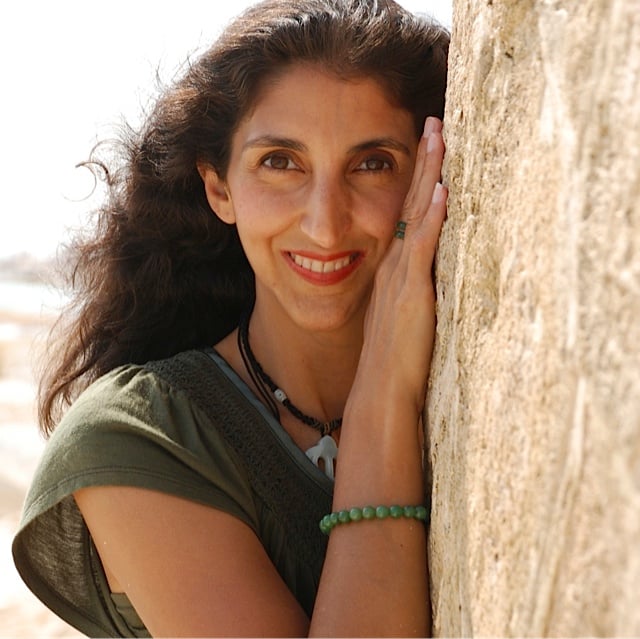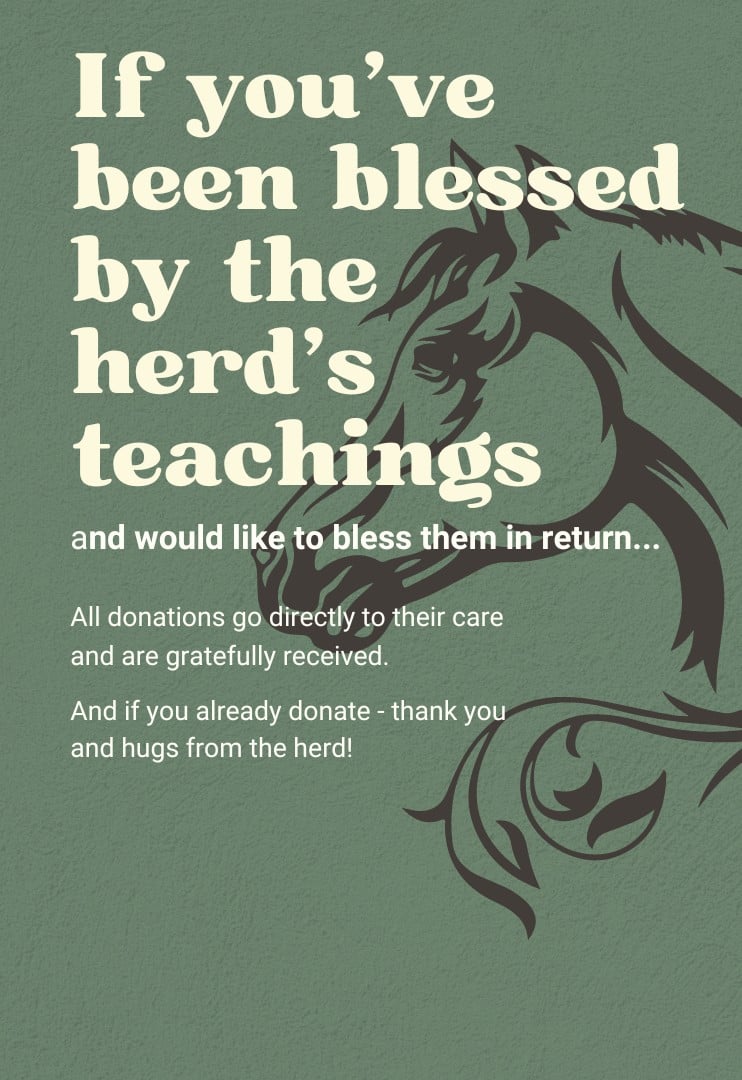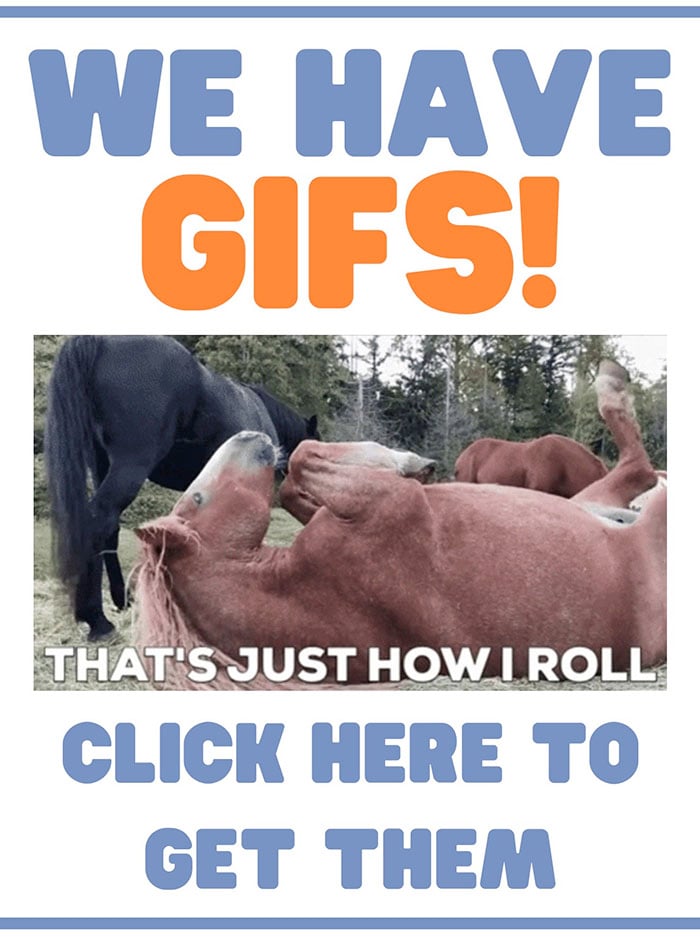I realize this post and video is not about horses, but as everyone on here is an animal-lover, I still thought it the best place to share this encounter.
Elephant Seals have a unique herd behaviour, which I greatly enjoyed watching, and garnering a smidge of understanding. I expect I would have to watch them for years to understand what’s truly going on with some of their dynamics and behavioiur.
Although you’ll definitely see some similarities with horse herds like sparring, pretend/practice-mating, and biting the female’s neck during real mating. Enjoy!
Elephant Seal Growth
Northern elephant seal pups are black until they are weaned at about 6 weeks old, and they molt and turn light silver. Adults are dark brown or gray.
When males reach puberty at about 7 years old, they develop a large inflatable nose, or “proboscis.” The proboscis overhangs their lower lip by about 8 inches. They also develop a robust, thick neck with calloused skin that appears pink and light gray and creates a shield to protect them from harm when fighting other males. However, females maintain their smaller noses and smooth necks.
Fully grown males can reach lengths of over 13 feet and can weigh over 5,000 pounds. Females are significantly smaller than males, but are also quite large, growing to about 10 feet long and weighing up to 1,300 pounds.
Elephant Seal Breeding or Mating
During the breeding season, elephant seals gather in large groups, called colonies. They remain loyal to their colony, returning to their established breeding area each year. As females arrive, males collect a harem of 40 to 50 females. They battle other males for mating dominance. Some encounters are just roaring and aggressive posturing, but many others turn violent and the bulls will draw blood.
The bull that has established dominance as head of the harem will sometimes have 1 other bull as his assistant. The assistant helps keep the other bulls away while the lead guy is mating. When lead guy is really busy, sometimes the assistant can sneak in a mating or two for himself over the course of the season – perhaps a reward for a job well done.
All Northern elephant seals fast during the mating season and can lose up to 36 percent of their body weight during this time.
Elephant Seal Birthing & Nursing
After breeding, a female is pregnant for 11-months and then returns to her colony at the mating ground, where she gives birth to a single pup in late winter. When elephant seals are born, they weigh up to 80 pounds and up to 4 feet long. Soon after giving birth, the female will mate again and this is where some of the pups can get squashed and killed during the fighting and mating.
The mother nurses the pup for about a month and during this time, she does not eat and she does not go in the ocean. Her breastmilk contains up to 50% fat and the babies gain weight rapidly. Mum lives off the energy stored in fat reserves of her blubber.
After nursing the pup all day and night for a month, the mother leaves and returns to the ocean. The pups stay on the beach and spend the next 10 weeks gradually learning how to swim and dive while living on land.
Adults return to land again between March and August to molt, with males returning later than females. When molting occurs, they shed their short, dense fur along with large patches of old skin. And m olting takes 4 to 5 weeks to complete.
Elephant Seal Diet
Northern elephant seals’ feed mostly on squid and fish, but their diet also includes sharks, rays, shellfish, krill, and algae.
Northern elephant seals spend about 9 months of the year in the ocean. Most of this time is underwater, diving to depths of about 1,000 to 2,500 feet for 20 to 30 minute intervals with only short breaks at the surface.
I feel truly privileged to be able to enter the elephant seals’ world and observe them in their natural habitat. Kudos to San Simeon, California for preserving these beaches and coves for their use and keeping humans a good, safe distance away from them!
I highly recommend a visit if you get the chance. This footage was shot between December 21st and February 2nd (2024/25)

Jini Patel Thompson is a natural health writer and Lazer Tapping instructor. She began riding at age 2 in Kenya, and got her first horse at age 8 in Alberta, and so continues a life-long journey and love affair with these amazing creatures.








Wow, what an amazing video about the elephant seals! Thank you for sharing!
Wonderful Leah – so glad you enjoyed it!